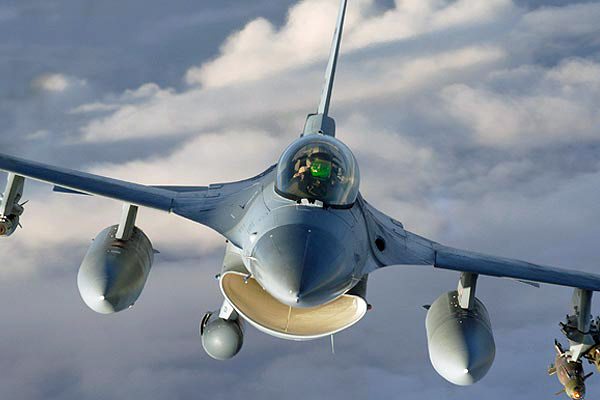When it is not focused on the repetitive crisis in the European Union, Washington’s attention, including that of the Pentagon, is increasingly focused on Asia, in general, and China, in particular. This is understandable for economic, political, demographic and security reasons. China’s march towards economic superpower status, if paced by steady investments in modern military capabilities, poses the danger of eroding the relative stability of the region. Strategy discussions at the Pentagon have been moving slowly towards a greater focus on the Asia-Pacific region.
U.S. arms sales and technology investments with the region will be an important factor in ensuring a balance of powers in the region and dissuading China from using force to achieve its policy objectives. With arms sales comes training, cooperative development of tactics, exchanges of military personnel and often improved industrial and technical cooperation. When several nations in a region possess the same systems it is relatively easy to network them together along with deployed U.S. forces to create a capability more effective than the sum of its parts. This is the central guiding principle behind the European Phased Adaptive Architecture missile defense concept that seeks to network European air and missile defense systems with increasingly capable U.S. sea and land-based missile defenses to be deployed to the European region over the next eight years.
Over the fifty odd years of the Cold War, the United States through the NATO alliance forged an integrated military capability that deterred and contained the Soviet Union. Many of the principles that enabled NATO to be so effective can be replicated in the Asia-Pacific region without having to create a single continent-spanning security system. Much can be done to achieve a practical and militarily effective bulwark against potential Chinese aggression through a combination of smart arms sales and the integration of allied and U.S. capabilities.
The international co-development program for the F-35 Joint Strike Fighter is an example of how international arms sales can reduce the costs to individual countries of modernizing military forces, leverage national defense industrial investments and also weld together a multi-national military capability. The partner countries — the United Kingdom, Italy, the Netherlands, Canada, Norway, Denmark, Australia and Turkey — have formally joined the U.S. and contributed money toward the program. All but one of these countries is in NATO. When deployed by these nations, the F-35 will provide the United States and its allies with an unparalleled and highly integrated defense capability.
The U.S. effort to provide the F-35 to close allies in Asia can have a similar beneficial effect. In addition to the Australian role in the co-development programs, the F-35 is a candidate to replace Japan’s aging F-4 fighter fleet and to be South Korea’s next fighter. The Obama Administration has indicated strongly that it would be willing to sell the F-35 to India. Since the administration chose not to allow Taiwan to acquire new F-16 C/D aircraft but only to upgrade older F-16 variants sometime down the road the F-35 could find its way into that country’s arsenal too. Imagine the power of an air defense “alliance” stretching from Korea to Australia and thence to India.
The integration of European national air and missile defense capabilities under the Phased Adaptive Architecture could also see a parallel program in Asia. Japan, South Korea and Taiwan all deploy the U.S. land-based Patriot air and missile defense system. Japan also has the sea-based Aegis Ballistic Missile Defense System and is co-developing an advanced version of the Standard Missile, the SM-3 Block IIA. The Aegis ashore system could be deployed to U.S. allies in Asia.
India has become a major purchaser of other U.S. military hardware, including the C-17, C-130J, P-8 maritime patrol plane and most recently the AH-64D Apache. Future collaboration could include missile defense, ASW and airborne surveillance.
The current situation vis-à-vis China does not warrant standing up a new, formal defensive alliance. Much is being done bilaterally. But one of the best forms of strategic dissuasion should Beijing ever contemplate aggression is a network of common military capabilities that stretches across the Asia-Pacific region.









